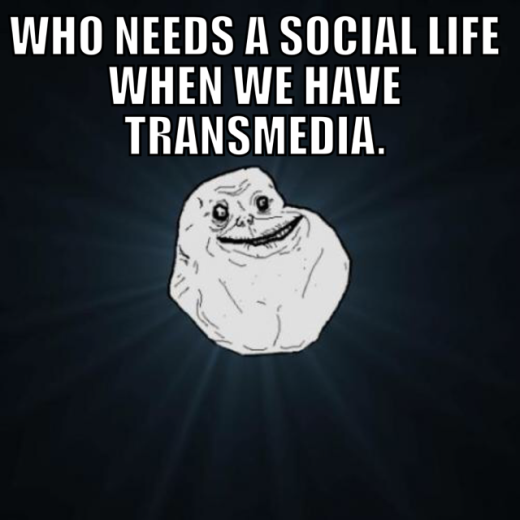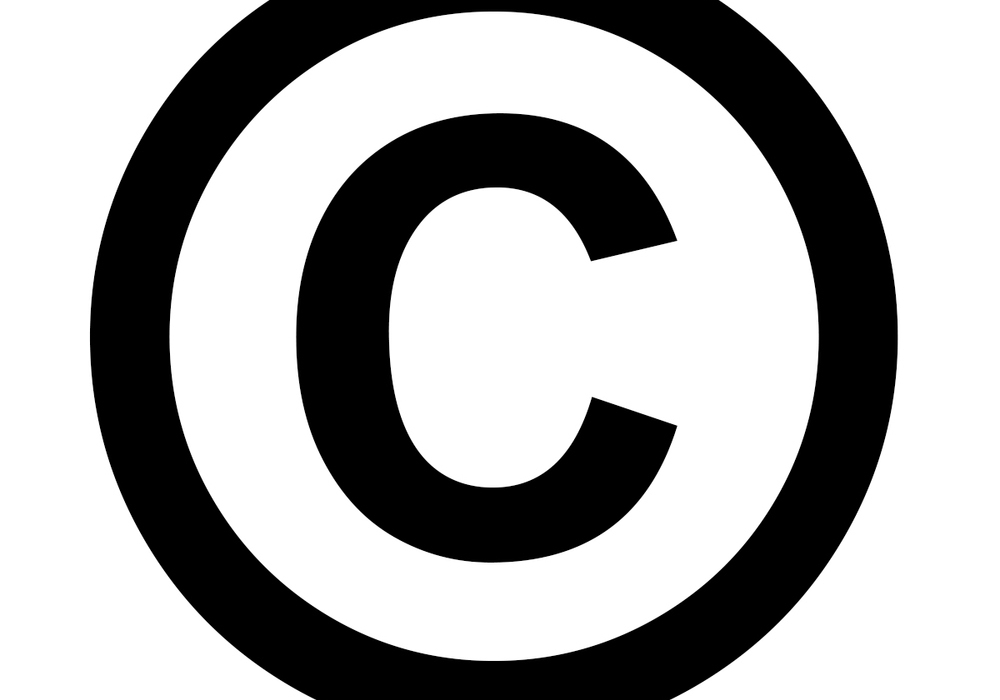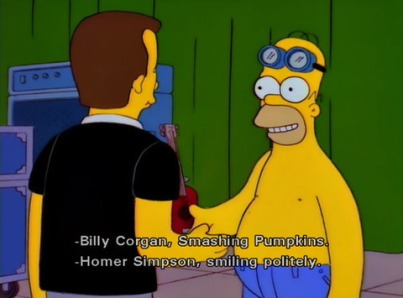Henry Jenkins describes Transmedia storytelling as representing “a process where integral elements of a fiction get dispersed systematically across multiple delivery channels for the purpose of creating a unified and coordinated entertainment experience.”
Transmedia is not about repurposing (telling the same story over and over) but rather about creating fictional worlds in which different elements of the story can be explored across multiple platforms. The movie, the game, the mobile phone app, the comic book etc. each look at the story from a different perspective exploring areas in the main narrative that would never have been explored if the narrative was ‘multimedia’ rather than ‘transmedia’.
Now in light of those two words which can be easily confused, ‘Multimedia’ is telling a single story over multiple platforms. Transmedia is telling multiple stories over multiple platforms. To give you an example of transmedia, ‘The Matrix’ released in 1999. Within 5 years of its release, it had spanned across numerous platforms, including 2 sequels, 9 animations, 3 video games, 4 printed books, 2 printed comics and 3 web comics. Safe to say, it was incredibly successful.
Transmedia is meant to allow for more consumers and generate more interest across the multiple platforms. This has enabled countless companies, movies, books etc. to expand the narrative to a wider audience.
J.K Rowling’s Harry Potter is another key example of transmedia. Pottermore is an online realm of Harry Potter that focuses on the unexplored nuances of the Harry Potter series. Featuring unpublished pages from the novels, Rowlings thoughts on different aspects of the series and fan stories of their own, the site generated so much internet traffic, that there was a period of time when if you registered for Pottermore, you were put onto a ‘waiting list’..

“Transmedia refers to a set of choices made about the best approach to a particular story to a particular audience in a particular context depending on the particular resources available to a particular producers. The more we expand the definition, the richer the range of options available to us can be.” – Henry Jenkins.
There is no doubt that Transmedia is an incredibly powerful tool, you only need to take a look at the world of Harry Potter and The Matrix to see that. One thing I know for sure is if I came up with a book or movie good enough to be taken into the world of Transmedia, I’d be a wealthy, happy lass.
One more thing, creating memes is way too much fun..

References:
Jenkins, H 2007, ‘Transmedia Storytelling 101‘, viewed on 25 April 2015, <http://henryjenkins.org/2007/03/transmedia_storytelling_101.html>
Transmedia Storyteller, n.d., ‘Transmedia Storytelling‘, viewed on 25 April 2015, <http://www.tstoryteller.com/transmedia-storytelling>
Rutledge, P 2015, ‘What is Transmedia Storytelling?’, A Think Lab, viewed on 25 April 2015, <http://athinklab.com/transmedia-storytelling/what-is-transmedia-storytelling/>







